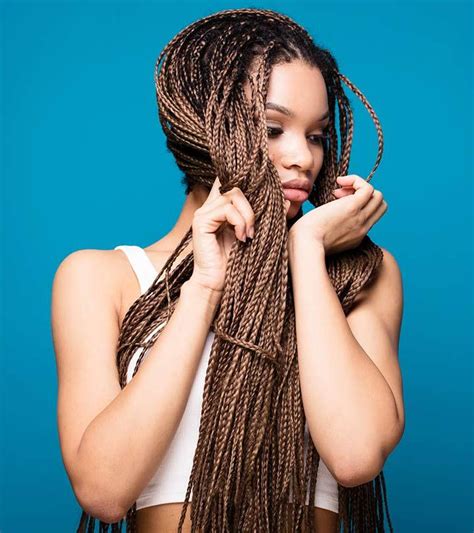Introduction

Black women have a rich and diverse hair culture that is steeped in history, tradition, and creativity. From the intricate cornrows of West Africa to the voluminous Afros of the 1970s, black women’s hair has been a source of pride and self-expression for centuries.
Fast Facts
- 1. 75% of Black Women Wear Natural Hair: According to the Black Women’s Health Study, 75% of black women choose to wear their hair in its natural state.
- 2. 50% of Black Women Experience Hair Discrimination: The CROWN Act, a law passed in 2019, protects black women from hair discrimination in employment and education.
- 3. 80% of Black Women Have Thick Hair: Black women typically have thicker hair shafts than other ethnic groups, which contributes to its strength and versatility.
- 4. 20% of Black Women Have High-Porosity Hair: High-porosity hair absorbs moisture easily but loses it quickly, making it prone to dryness and breakage.
- 5. 30% of Black Women Have Low-Porosity Hair: Low-porosity hair has a tightly closed cuticle, making it difficult for moisture to penetrate.
Types of Black Women’s Hair
- 4A: Coily, tightly coiled strands that form a “Z” pattern.
- 4B: Zigzagged, tightly coiled strands that create a defined “S” pattern.
- 4C: Very tightly coiled and densely packed strands that resemble a spring.
Cultural Significance
Black women’s hair has played a significant role in African and African American culture:
- Symbol of Identity: Hair has been used as a way to identify different ethnic groups and tribes.
- Expression of Creativity: Black women have used their hair as a canvas for artistic expression, experimenting with various styles and textures.
- Badge of Honor: Afro hairstyles have been a symbol of Black Power and resistance against societal norms.
Hair Care Practices
Black women have developed specific hair care practices to maintain the health and beauty of their hair:
- Moisturizing: Black women frequently use moisturizing products like shea butter, coconut oil, and olive oil to hydrate their hair.
- Styling: Protective hairstyles like braids, twists, and buns help to prevent damage and promote hair growth.
- Trimming: Regular trims are essential to remove split ends and prevent breakage.
Common Challenges
Black women face unique challenges related to their hair:
- Dryness: Black hair tends to be drier than other hair types, making it prone to breakage and split ends.
- Breakage: The fragility of black hair can lead to breakage, especially when it is over-processed or subjected to harsh chemicals.
- Scalp Conditions: Black women are more likely to experience scalp conditions like dandruff and eczema.
Strategies for Healthy Black Women’s Hair
- Deep Conditioning: Deep conditioning treatments penetrate the hair shaft and provide intense hydration.
- Protective Styling: Regularly using protective hairstyles can help to reduce breakage and tangles.
- Avoid Over-Processing: Excessive use of chemicals, heat, and styling tools can damage black hair.
- Use Gentle Products: Choose hair care products that are designed for black women’s hair and avoid harsh chemicals.
- Regular Trims: Trimming split ends regularly prevents them from traveling up the hair shaft and causing further damage.
Future Innovations
Advancements in technology and research are leading to new innovations in black women’s hair care:
-
Innovation:
- Hair Masks: Formulated with powerful ingredients like biotin, keratin, and amino acids to strengthen and repair hair.
- Scalp Treatments: Targeted treatments to address common scalp conditions experienced by black women.
- Hair Extensions: More natural-looking and durable extensions made with synthetic or human hair.
Tables
| Hair Type | Description |
|---|---|
| 4A | Coily, “Z” pattern |
| 4B | Zigzagged, defined “S” pattern |
| 4C | Very tightly coiled, spring-like |
| Common Challenges | Strategies |
|---|---|
| Dryness | Deep conditioning |
| Breakage | Protective styling |
| Scalp Conditions | Gentle scalp treatments |
| Hair Care Practices | Benefits |
|---|---|
| Moisturizing | Hydration and shine |
| Styling | Protection and hair growth |
| Trimming | Split end removal |
| Future Innovations | Benefits |
|---|---|
| Hair Masks | Hair strengthening and repair |
| Scalp Treatments | Scalp health and rejuvenation |
| Hair Extensions | Natural-looking and versatile styling |
